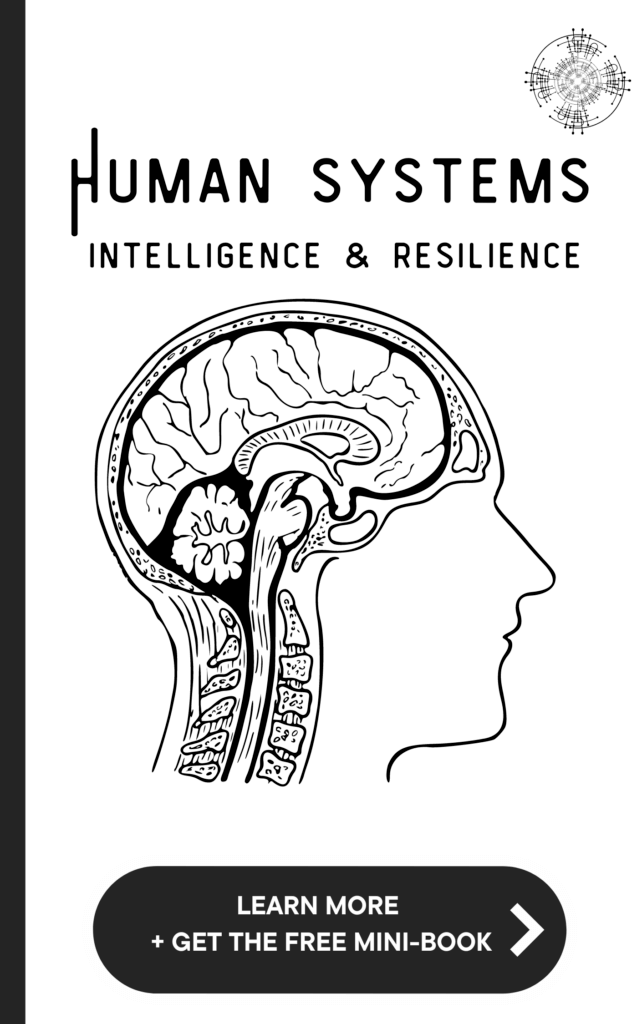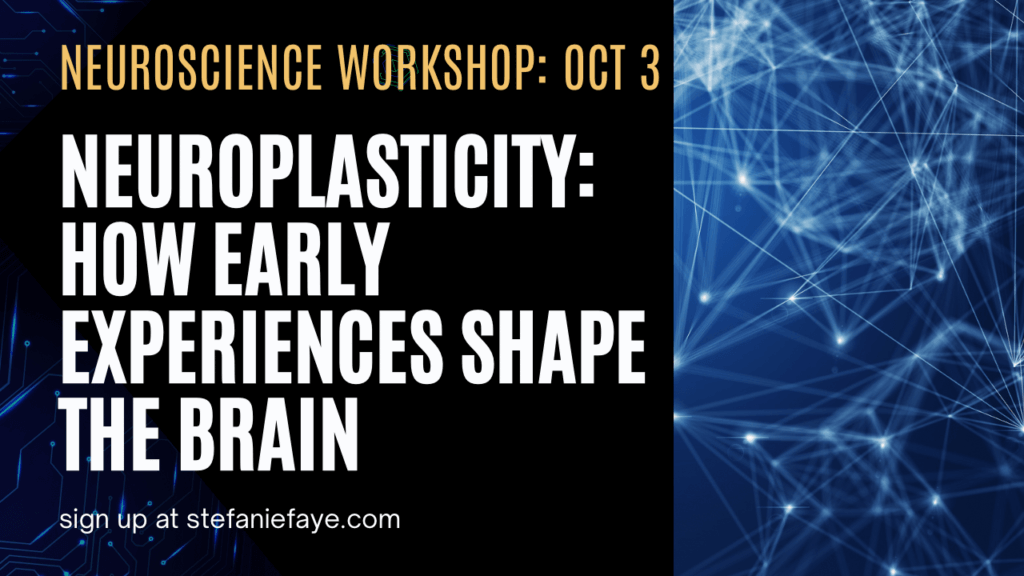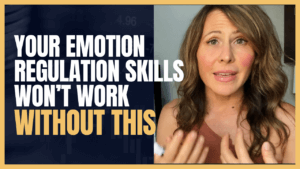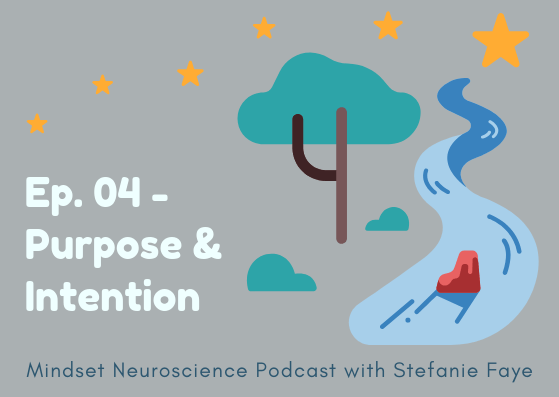“Anything that’s human is mentionable,
and anything that is mentionable can be more manageable.
When we can talk about our feelings, they become less overwhelming,
less upsetting, and less scary.”
-Fred Rogers

Do you go through a lot of highs and lows when it comes to your emotions and feelings? There are many reasons for why this occurs, and there is nothing necessarily wrong or right about these fluctuations. But if you're feeling a lack of control, or a sense of overwhelm or disruption due to having emotional swings, then it might be useful to understand some of the nuances of emotions.
Emotional granularity
Increasing our understanding of emotions can help us with something called ‘emotional granularity’ -a key concept I’ll be covering in my online seminars, and in an upcoming video. Emotional granularity is an ability to discern and describe subtle differences in our emotional or internal states. It is tied to positive coping mechanisms and resilience. We also talk about this in my interview with Professors Sheila Macrine and Jennifer Fugate on the topic of Embodied Cognition
Understanding emotions is a complex task. Frameworks and theories based on emotion research can help us get better at identifying some of our patterns. Recognizing patterns can help us see what types of activities (behaviors and thoughts) may contribute to how we’re feeling.
One way to begin to explore patterns in our emotional ups and downs is to look at two important dimensions of emotions: arousal and valence.
Arousal and Valence - foundational elements of Emotions
Arousal refers to the level of engagement of different systems in the body [BRADLEY1999; WARRINER2013]. High arousal is associated with increased energy and blood flow to skeletal muscles for mobilization- associated with sympathetic nervous system activation. This will generally also be related to increased speed of movement, louder voice, and faster heart rate.
Lower levels of arousal are linked to parasympathetic nervous system activation, with less blood flow to muscles for mobilization, slower and quieter breathing, and lower heart rate. (You can learn all about these systems in the Mindset Neuroscience Podcast, episode 5 season 1)
Valence refers to the positive or negative feeling towards something, such as liking or disliking, appeal or aversion [BRADLEY1999; WARRINER2013]. The salience of a stimuli combined with valence will influence whether a person not only pays attention to and prioritizes their attention to that stimulus, but also whether they will report it as pleasing or aversive[LEWIS2007; POSNER2009; COLLIBAZZI2010
When the dimensions of valence and arousal are combined, a variety of emotional experiences can occur.
Recognizing our patterns leads to higher emotional intelligence and mastery
Knowing how these dimensions combine into different states can improve our ability to notice our patterns.
From there, it can also be helpful to understand a few other aspects of emotions as a way to get even better at knowing why we may feel so many highs and lows in our emotions. I cover some of these deeper layers of emotions in this video.
Identifying these patterns is part of what it means to discover our ‘triggers’. This type of exploration and understanding sets a new paradigm for us to empower ourselves to navigate our emotions more skillfully.
Find out how we can gain a sense of mastery over our emotions in this week’s video:
References:
[BRADLEY1999] Bradley, M. M., and Lang, P. J. (1999). Affective Norms for English Words (ANEW): Instruction Manual and Affective Ratings. Gainesville, FL: NIMH Center for Emotion and Attention, University of Florida.
[LEWIS2007] Lewis, P. A., Critchley, H. D., Rotshtein, P., and Dolan, R. J. (2007). Neural correlates of processing valence and arousal in affective words. Cereb. Cortex 17, 742–748. doi: 10.1093/cercor/bhk024
[COLIBAZZI2010] Colibazzi, T., Posner, J., Wang, Z., Gorman, D., Gerber, A., Yu, S., et al. (2010). Neural systems subserving valence and arousal during the experience of induced emotions. Emotion 10, 377–389. doi: 10.1037/a0018484
[POSNER2009] Posner, J., Russell, J. A., Gerber, A., Gorman, D., Colibazzi, T., Yu, S., et al. (2009). The neurophysiological bases of emotion: an fMRI study of the affective circumplex using emotion-denoting words. Hum. Brain Mapp. 30, 883–895. doi: 10.1002/hbm.20553
[WARRINER2013] Warriner, A. B., Kuperman, V., and Brysbaert, M. (2013). Norms of valence, arousal, and dominance for 13,915 English lemmas. Behav. Res. Methods 45, 1191–1207. doi: 10.3758/s13428-012-0314-x
Coming up in next week’s video…
Neuroplasticity: what it is and why it matters
this also happens to be the topic of the upcoming October workshop!
Neuroscience workshops to improve life outcomes
For leaders, parents, teachers, and individuals who want to learn how neuroscience can guide us to optimize life performance and help us become who we need to be to best serve those around us. . These workshops can also serve as a foundation for neuroscience-informed professional development training for coaches, counselors and other professionals who work in fields related to human learning, wellness, resilience and performance
October's Topic - Neuroplasticity: how early experiences shape the brain and life trajectories
Learn how brains develop over the lifespan and how early experiences shape brain architecture. We’ll explore how this knowledge can help us increase our understanding of our own past, and how the concept of neuroplasticity can empower us to take charge of our present conditions and ongoing evolution - as individuals, families and as a species
in case you missed them, here are the last couple week’s videos:
Empathy plays an important role in adaptive social relations, self-esteem and social competence However, if we don’t understand the different types of empathy and how we can navigate them, being too empathic can lead to challenges in our own mental health and relationships.
Find out what we can do to use empathy in ways that help us connect, without falling into the traps that can happen when we over-use it.
We all have emotion regulation strategies. We all have strategies for navigating stress and communicating with others.
The question is… are those actually working the way we want them to work?
To answer those questions, AND get better at not repeating behaviors that don’t serve us, there is an important two-part formula we can use, which I explain in this video
 Get your FREE COPY of the Human Systems Resilience mini-book!
Get your FREE COPY of the Human Systems Resilience mini-book!
(If you’re already a subscriber, check your inbox for the link)





